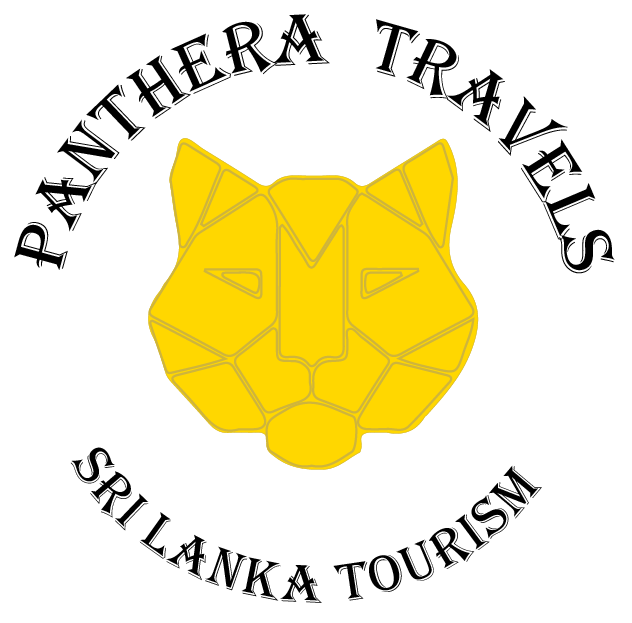Jaffna City Tour

Location : Nothern province
Coordinates : 09°39′53″N 80°01′00″E
Avg temperature : 25 c to 35 c
Humidity: 75 % to 95%
Governing: Sri Lanka
Population : 88,138
Size : 20.2 square Km
As you step into Jaffna City, you will immediately be captivated by its charm and beauty. The city is steeped in history, with remnants of ancient civilizations scattered throughout its landscape. The city has numerous temples, each with its unique architectural style and religious significance.

One of the most remarkable aspects of Jaffna City is the warm hospitality of its people. Known for their friendliness and generosity, the locals will make you feel at home. Take the time to converse with the locals, learn about their traditions, and immerse yourself in the local way of life.
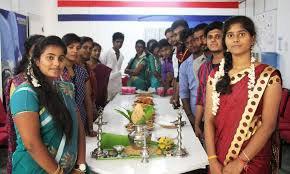
It’s okay if you’re invited to a traditional Tamil feast or offered a cup of steaming hot tea. Embrace these gestures of hospitality and allow yourself to experience the true essence of Jaffna’s culture.
Weather in Jaffna
The weather in Jaffna is dry and hot. Its average temperatures range from 25°C to 32°C (77°F to 89.6°F), reaching its highest temperatures during the dry season from February to August.
Since heavy rainfall is almost guaranteed during October, November, and December, we generally do not recommend touring the region during these three months, which are considered the wet season.
Jaffna is best explored during the dry season. As it gets pretty hot in the afternoons, we advise our guests to leave sightseeing for the mornings and evenings instead.
Let’s explore some highlights of the city.
Note: It can only cover some sites this article mentions within a day tour. You have to skip some sites that suit your interests. Please talk to your tour operator/tour guide for assistance.
Nallur kandaswamy kovil

A famed symbol of Hinduism in the ancient capital of Jaffna. Standing proudly in the ancient capital of the Jaffna Kingdom, the grand and golden Nallur Kandaswamy Kovil has long been a symbol of the region to individuals of all faiths. Adorned with a rich history that contributes significantly to the unique northern heritage of our island, the Kovil also hosts the annual Nallur festival in August every year. Taking place over 25 days, the festival is the longest in Sri Lanka and is a colorful month-long display of vibrant processions, dancing, drumming, and more.
Here is an interesting fact: the Portuguese destroyed the temple in the 1600s to build a church on the same ground. The Dutch then rebuilt it with their permission. The temple has been reconstructed approximately four times and is only a replica of its original structure.
Jaffna fort
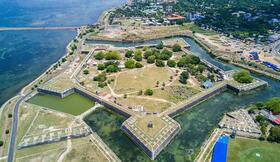
The majestic stronghold of our colonial north. Built using limestone and coral, the defensive walls and moat give the fort its pentagonal shape. You will find open grounds and buildings with better days within its walls. Since this is the second-largest Dutch fort in the country, you should be prepared to walk around and explore everything it has to offer at your own pace.
Initially built by the Portuguese in the 17th century, the Jaffna Fort is one of Sri Lanka’s last well-preserved colonial ramparts. Sprawled over the southeastern edge of the northern capital, the Jaffna Fort owes much of its grandeur to the Dutch, who captured it from the Portuguese and later expanded it into the landmark we see today. Following the departure of the Dutch, the British also used the Jaffna Fort as a stronghold until Sri Lanka’s independence in 1948. Today, the Jaffna Fort is a popular attraction for all visitors to the city, with open grounds and century-old walls that can be scaled upon as you take in the views of Jaffna around you.
Although it is open from 7.00 am to 6.00 pm, mid-noon visits are out of the question because of the blistering heat. Travellers Isle recommends stopping by early morning or late afternoon for a stroll.
Jaffna library

An iconic symbol of our historic northern province. First built in 1933, the Jaffna Library has long been a symbol of North heritage. Emphasized by its restored classical architecture, the library also endured a horrific burning in 1981, when it held nearly 100,000 books and manuscripts, making it one of the largest libraries in Asia. Ancient literature and documents from renowned scholars and other professionals were preserved at the Jaffna Library and served as a cherished depository for information on the history and culture of the northern peninsula. Today, although filled with a collection nowhere near its original, the Library still commands the timeless dignity it upholds for the people of Jaffna and beyond. Today, it is taken care of by the Jaffna Municipal Council.
Dambakola Patuna
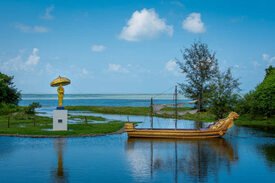
Over two thousand years of history are still revered today. Following the arrival of Buddhism to Sri Lanka over 2000 years ago, Sanghamitta, the daughter of the ancient Indian emperor Ashoka, landed at the ancient port of Dambakola Patuna with a sacred sapling from the Bodhi Tree, under which the Buddha gained enlightenment. The Sri Lankan King Devanampiyatissa later used this sapling to plant the Jaya Sri Maha Bodhi at Anuradhapura, which today holds the honor of being the oldest surviving human-planted tree in the world. A temple was built here to commemorate the arrival of the sapling. However, no remnants of this ancient landmark exist today. The Sri Lankan Navy, however, has since built a new temple named the Sri Sangamitta Viharaya, which is one of the vital Buddhist landmarks of the northern peninsula.
Keerimalai
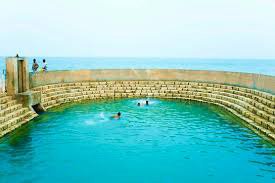
Keerimalai itself has quite a reputation. The town, about 25km away from Jaffna, is famed for its mineral water springs, where many locals go to bathe. It’s believed that these springs hold curative abilities.
Sacred landmarks shrouded in myth and legend. Keerimalai translates to ‘mongoose hill’ in the regional vernacular of Tamil. This refers to the local legend of a sage cursed with a face likened to a mongoose, who was later cured upon immersing themselves in the healing waters of the Keerimalai Sacred Water Spring. Today, the spring remains popular among crowds of local men and boys who splash in a picturesque ancient pond overlooking the sea. The bathing area for women is separate and can be found behind the main pond structure.
Naguleswaram kovil
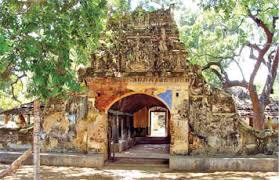
The Naguleswaram Kovil, situated atop Keerimalai, is one of Sri Lanka’s most significant kovils. The sacred water spring and Naguleswaram Kovil are also within walking distance of each other, giving you ample time to explore both attractions in all their glory.
Keerimalai sits at the top edge of Sri Lanka and can easily be coupled with a trip to Dambakola Patuna in one journey.
Kadurugoda temple & ruins
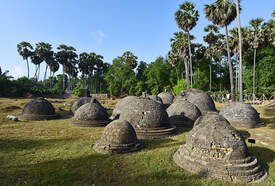
Uncommon ruins of Buddhism in the northern province
Temple and Ruins are among the few remaining Buddhist legacies in the province’s north. Paul E. Peiris, the Jaffna Magistrate in 1917, documented nearly 60 gray coral-stone stupas when he discovered the ruins at the turn of the 20th century. Only about 20 stupas remain sprawled across less than an acre of open land under Palmyrah trees.
Kandavurugoda (the location of a military camp) was eventually adopted as Kantarodai by the area’s Tamil population.
Nainativu (Nagadeepa)

The most sacred Buddhist site in our peninsular north. Arguably one of the most visited of Jaffna’s islands, it holds an important place in Buddhist and Hindu histories. For the former, the Nagadeepa Purana Viharaya is worshipped as one of Sri Lanka’s holiest Buddhist sites, where the Buddha was said to have once called upon two Naga kings who disagreed with each other.
Nagapooshani Amman Kovil

Nagapooshani Amman Temple on the island of Nainativu is a very ancient Hindu temple. This temple was believed to be erected millennia ago by the Nagas, a pre-historic race in Sri Lanka. The temple was originally erected and dedicated to worshiping the Serpent God, called “Nayinar,” by the Nagas. In the Nainativu temple, the object of worship in the sanctum sanctorum is a stone figure of a five-headed cobra. The Sri Nagapooshani Amman Kovil festival is generally held in the Tamil month of Aani (June/July) for fifteen days each year.
Nagapooshani temple has a history in epic Ramayanaya. This blog post will not discuss the Ramayana side of the temple. For those interested, we have written a separate article about Ramayana trails, including the Nagapooshani temple; the link follows immediately.
https://pantheratravels.com/ramayana-sites-in-sri-lanka/
Maviddapuram Kandaswamy Temple
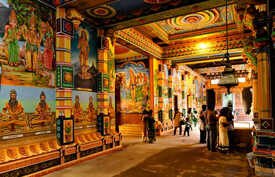
A shrine dedicated to Lord Skanda or Murugan, god of war and the second son of Lord Shiva and Goddess Parvathi. The Maviddapuram Kandaswamy Kovil is close to Kankesanthurai, formerly known as Gayathurai. However, since the image of Lord Skanda, also known as Kankesan, first arrived in Gayathurai, it is believed that the name changed to Kankesanthurai.
Sivapoomi – Palace Of Thiruvasagam

The ‘Thiruvasaga Aranmanai’ (Castle of Thiruvasagam) is situated in Navatkuli, Jaffna, along the A9 road near Navatkuli Railway station. The visitors and worshippers of the Castle of Thiruvasagam first worship Lord Ganesh and bathe Sage Agasthiyar and then worship Manickavasagar, who stands beside an immense Shivalingam on a rock Chariot 21 feet high surrounded by cooling water.
Thiruvasagam is a volume of Tamil hymns composed by the ninth-century Shaivite bhakti poet Manikkavasagar. It contains 51 compositions and constitutes the eighth volume of the ‘Tirumuraigal’. Manikkavasagar’s Thiruvasagam and Thirukovayar are compiled as the eighth Thirumurai and are full of visionary experience, divine love, and urgent striving for truth.
Casuarina beach
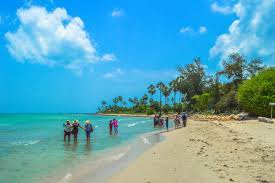
The north’s favorite beach, lined with its signature trees. Stretched across the northern perimeter of Karaitivu, Casuarina Beach welcomes local and foreign holidaymakers for its vast expanse, shallow waters, and characteristic trees that lend the beach its name. The characteristic shrubbery is a compact coastal forest, the ideal spot for some shade from the northern sun. The Karainagar Lighthouse is also located at the eastern tip of the beach, making this shoreline one of the most picturesque in the region.
The waves of Casuarina Beach could be more robust, making it ideal for swimming. Your chances of getting caught in a rip current are meager. However, the beach is NOT suitable during Jaffna’s wet season, when the seas are rough.
Try toddy
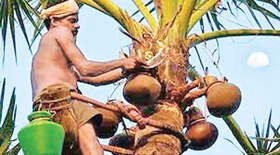
If Japan has a reputation for its sake and South Korea is recognized for its soju, then Sri Lanka is better known for its Thal Raa/Panam Kallu or toddy. This sweet alcoholic beverage is in high demand, but its production is limited for several reasons.
One reason is that the art of toddy tapping is precarious. For three days, the toddy tapper must climb up a Palmyrah palm to tap or beat its flower and balance himself on a tightrope as he moves from one tree to another. On the third day, he collects the sap, which becomes toddy in just a few hours because of natural fermentation.
Since toddy is not sold in the Jaffna Market, tasting this drink is only possible through a distributor. Even then, you must wait to purchase any bottles to carry with you on your travels. So, what can you do? Well, you can take a sip of toddy from a plastic cup under the guidance of the distributor.
If trying toddy is on your to-do list of things to do in Jaffna, ask your tour guide for assistance.
Jaffna market
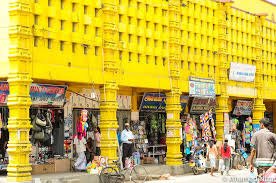
A colorful world of northern goods and produce, the Jaffna Market is filled with exotic souvenirs that are hard to find elsewhere in Sri Lanka. In addition to shops filled with eclectic clothes and ornaments, the market also features an open-air section with fruits, vegetables, and other northern foodstuffs. For example, the abundance of palmyra products is immediately noticeable, from flour to jaggery to edible sticks. Praised for various health benefits, the characteristic Palmyrah tree or odiyal as it is known here, is equivalent to the coconut tree found in other regions of Sri Lanka.
Local Cuisine
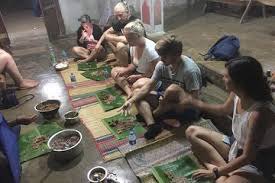
Exploring Jaffna is not just about the sights but also about indulging in local cuisine. Regarding cuisine, Jaffna City offers a tantalizing array of flavors and dishes that will leave your taste buds craving more. The city is known for its spicy and aromatic curries made with various locally sourced ingredients. Don’t miss the opportunity to try the famous Jaffna crab curry, a delicacy that showcases the region’s love for seafood. Pair it with traditional rice string hoppers or crispy Dosai, and you have a meal fit for a king.
Those are the highlights of the Jaffna City Tour.

Hope you enjoyed the article. You can scroll down to our featured posts. Before you go to featured posts, Subscribe to read our new posts. We never use this email for promotions and offers. Our only purpose is for you to read our valuable content.
Featured Blog Posts

- Featured, Places
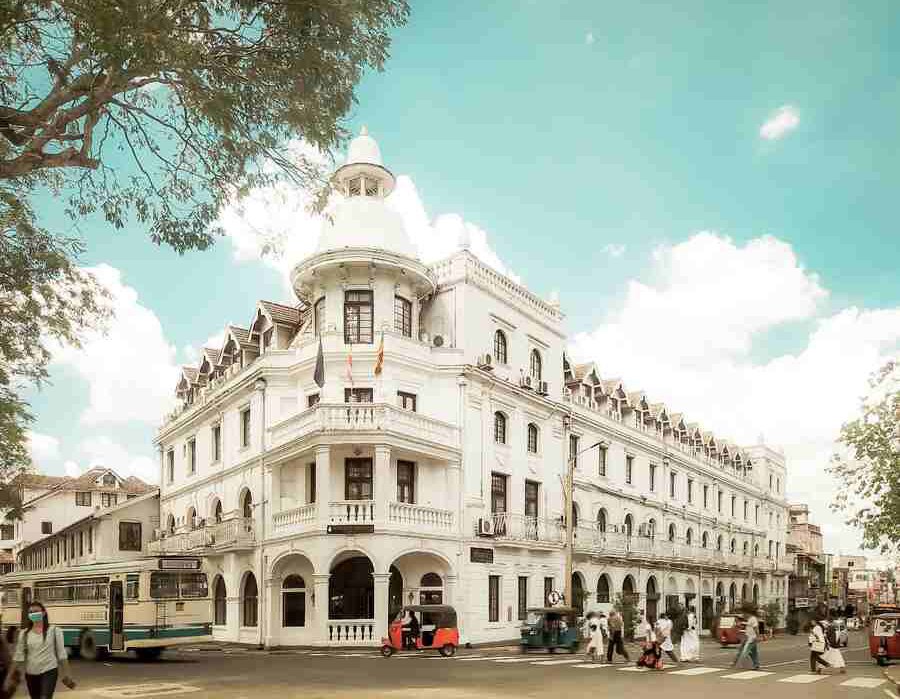
- Featured, Places

- Featured, Travel tips

- Featured, Places

- Activities, Featured
